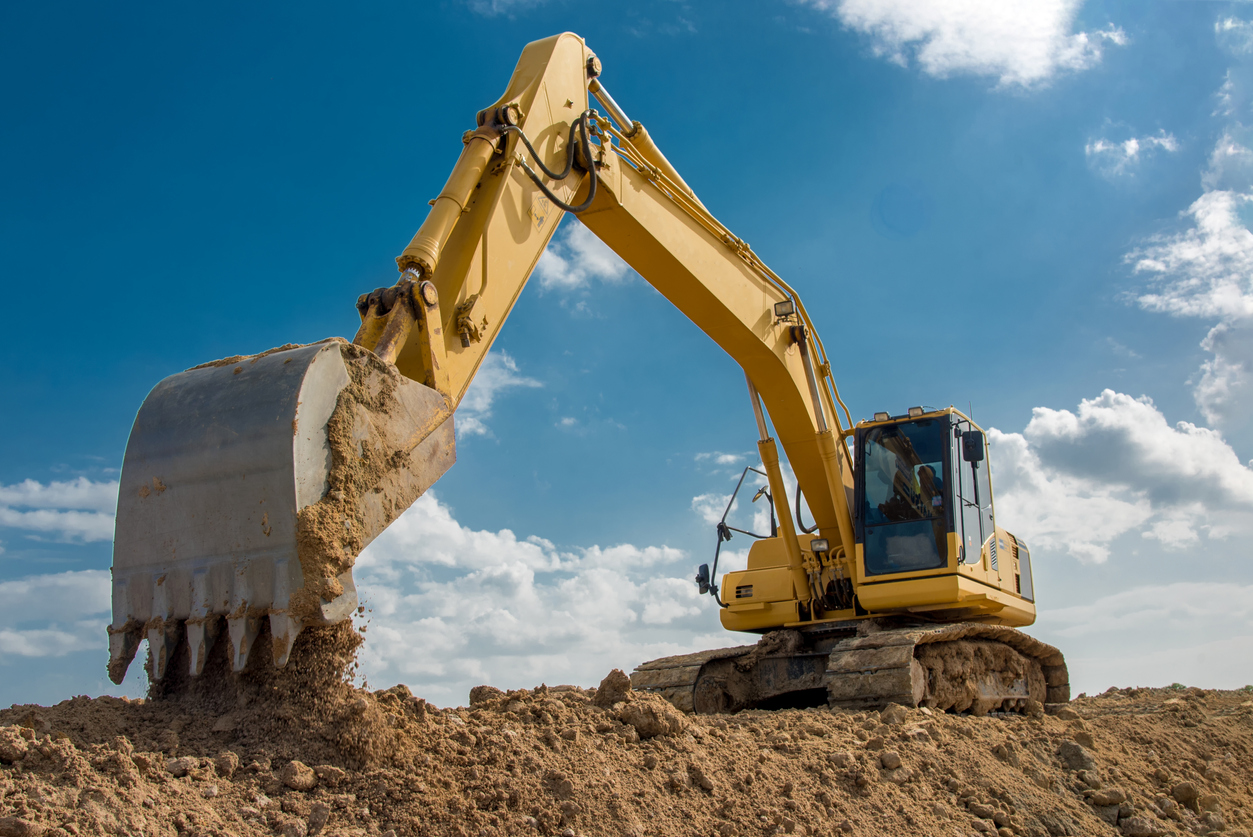Inland Marine Insurance for Contractors: What is it?
From the outside looking in, it’s not uncommon to think that contractors don’t have a ton of assets. Many contracting businesses are run from a home office or a small rented space. For someone unfamiliar with the industry, it might appear that contractors don’t have a ton of “stuff” if they were to drive by the office. However, the majority of contractors have most of their assets in the form of tools and equipment. Most of which, doesn’t stay in the same place for very long. Equipment for contractors bounces around from jobsite to jobsite and sometimes (although rarely), finds itself sitting back at the shop. Due to the transient nature of contractors equipment, it’s important to understand what inland marine coverage is.

What is Inland Marine Insurance?
Contrary to what the name might suggest, inland marine insurance has nothing to do with boats cruising down rivers. Instead, it’s a type of coverage designed to protect property that moves around or is in transit over land. Originally developed to cover goods transported via waterways (hence the “marine” part), it’s expanded to include coverage for property transported by other modes like trucks or trains.
What Does Inland Marine Insurance Cover?
Now, let’s talk about what this insurance actually covers. Inland marine insurance typically protects against loss or damage to property that’s not stationary or located at a fixed location. For contractors, this can include tools, equipment, and materials that are constantly on the move from one job site to another. It can also cover property stored at temporary locations or in transit to and from job sites.
Why Inland Marine Is Important for Contractors
As a contractor, your tools and equipment are your livelihood. They’re essential for getting the job done efficiently and effectively. But what if they get damaged, stolen, or lost while in transit or at a job site? That’s where inland marine insurance steps in to save the day. Without this coverage, you could be left footing the bill for replacing expensive tools and equipment out of pocket, which could seriously dent your bottom line.
Many contractors make the mistake of thinking that their Business Personal Property coverage will cover any losses for their tools and equipment. However, business personal property only provides coverage for tools and equipment that are at the address listed in your policy. As a result of this misunderstanding, far too many businesses rely on the low “built-in” limits for property off premises. That coverage is usually built in around $10,000 with a $1,000 or $2,500 limit per item. That’s why it’s so important for contractors to make sure their inland marine coverage limits are adequate to cover at least what they could lose in a worst case scenario.
Contractor-Specific Claims Scenarios
Let’s paint a few pictures to illustrate how inland marine insurance can come to the rescue for contractors:
- Theft from a Job Site: You arrive at a job site one morning only to discover that some of your power tools have been stolen overnight. With inland marine insurance, you’re covered for the cost of replacing the stolen tools, helping you get back to work without skipping a beat.
- Damage During Transit: You’re transporting your heavy-duty equipment to a new job site when suddenly, the unexpected happens – a collision on the road leads to damage to your equipment. Fortunately, with inland marine insurance, the repair or replacement costs are covered, so you can get your equipment back up and running in no time.
- Tool Loss at Multiple Job Sites: As a contractor who works on various projects across different locations, keeping track of your tools can be challenging. If you accidentally leave behind a piece of equipment at one job site and it goes missing, inland marine insurance can help cover the cost of replacing it, easing your worries about potential losses.
Moving Forward
Next time you review your current insurance program, make sure to spend a lot of time reviewing your inland marine coverage. Be sure that you’re carrying adequate limits to encompass all of your property that leaves the shop/yard. You want to consider everything from the hand tools on your trucks all the way up to your six-figure pieces of equipment. This can be time-consuming, but consider this – how much would it cost your business to operate without equipment? That said, it’s worth every bit of time you can allocate towards making sure you have adequate coverage here.
To learn more or to have McHugh Insurance Group review your current coverages, feel free to contact us at http://www.mchughinsurancegroup.com.
